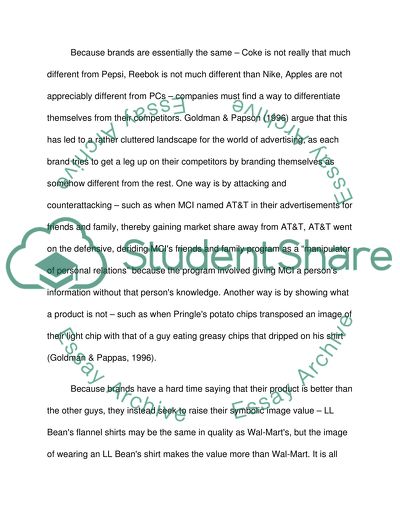Cite this document
(“Advantages and disadvantages of on-line shopping Dissertation”, n.d.)
Retrieved de https://studentshare.org/marketing/1392038-online-shopping-vs-high-street
Retrieved de https://studentshare.org/marketing/1392038-online-shopping-vs-high-street
(Advantages and Disadvantages of on-Line Shopping Dissertation)
https://studentshare.org/marketing/1392038-online-shopping-vs-high-street.
https://studentshare.org/marketing/1392038-online-shopping-vs-high-street.
“Advantages and Disadvantages of on-Line Shopping Dissertation”, n.d. https://studentshare.org/marketing/1392038-online-shopping-vs-high-street.


